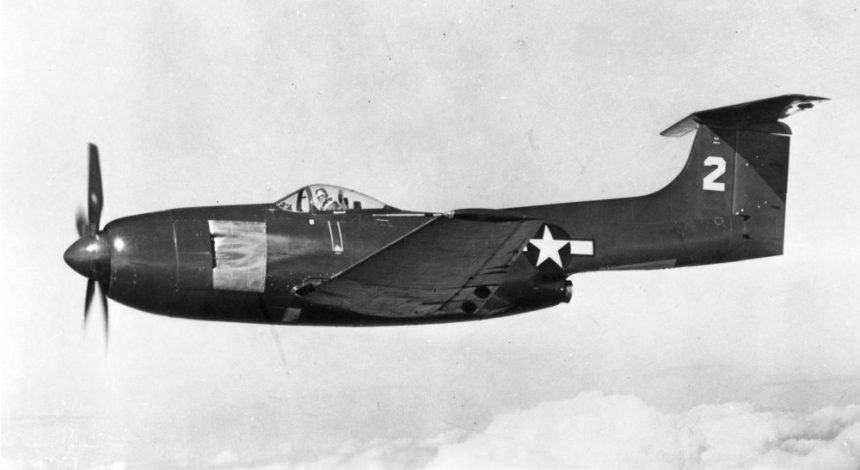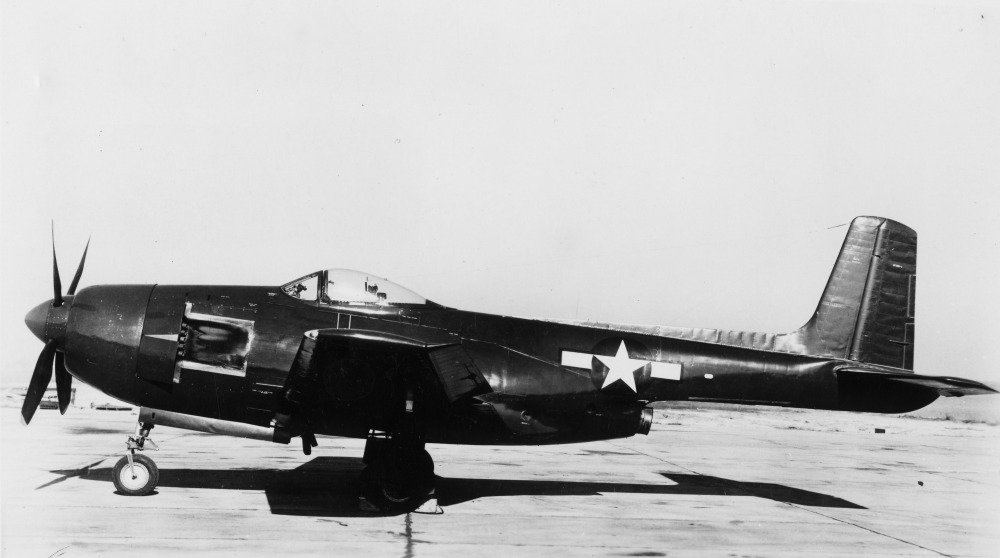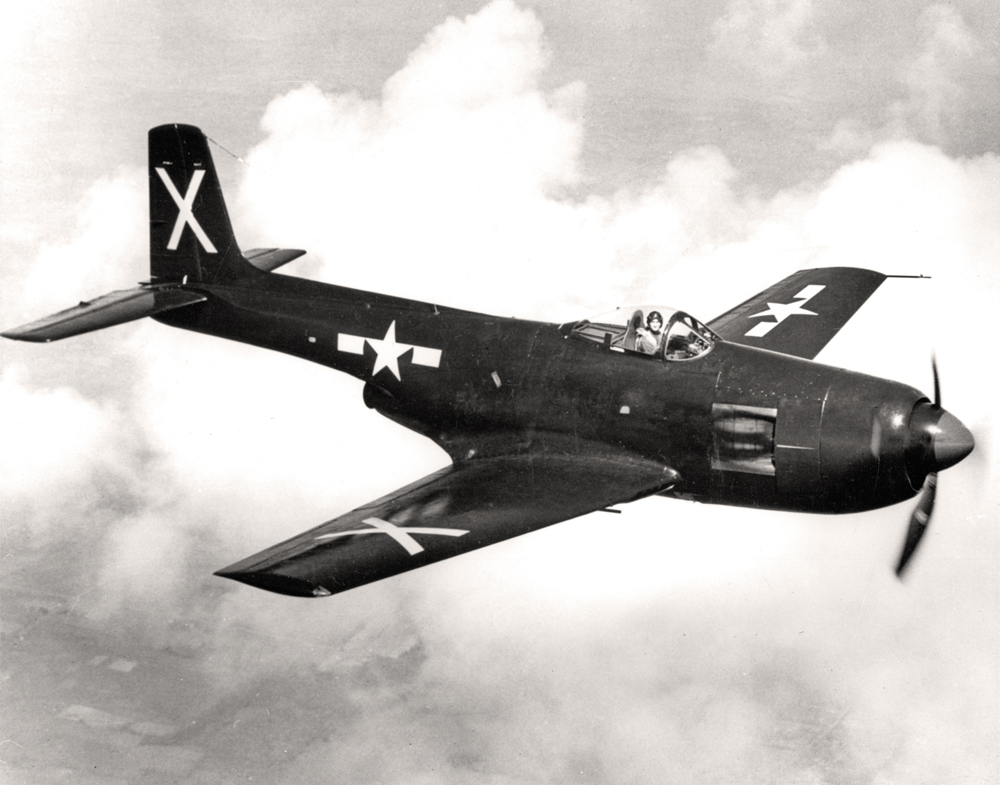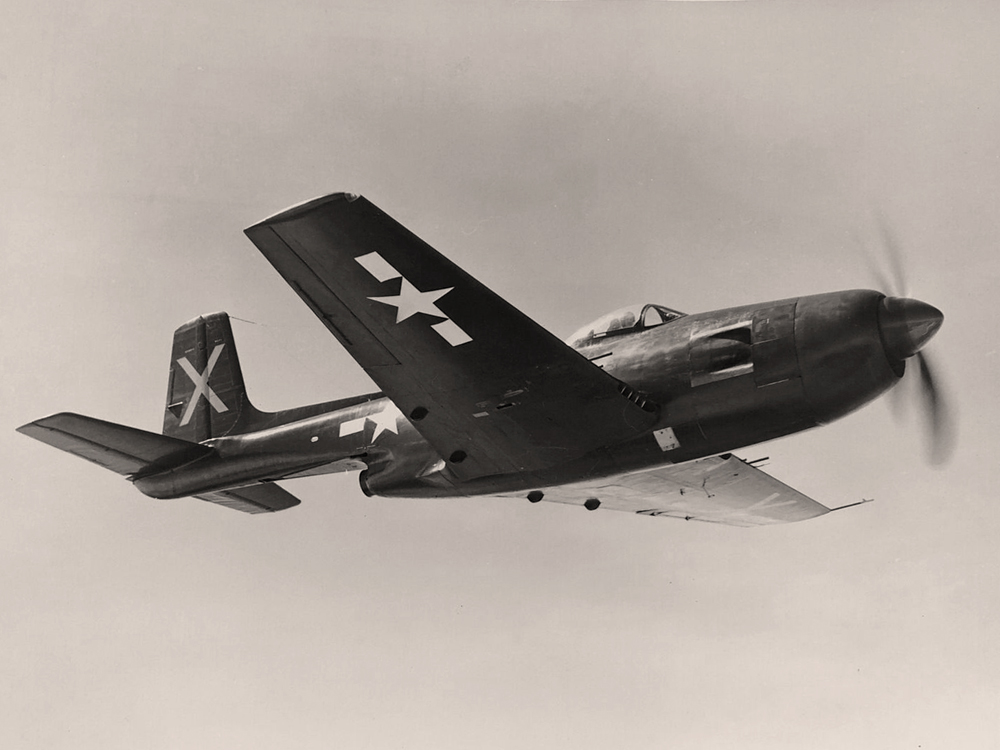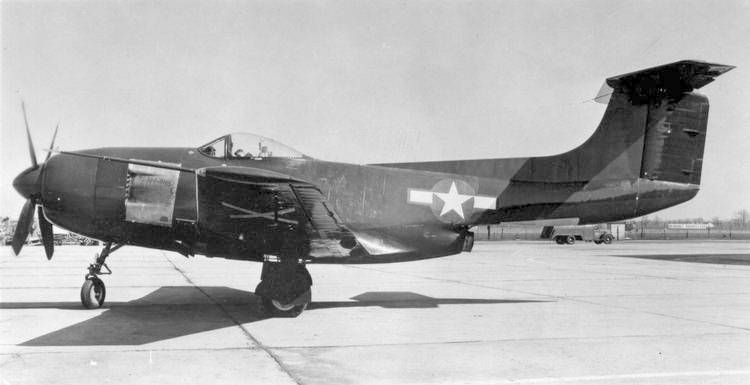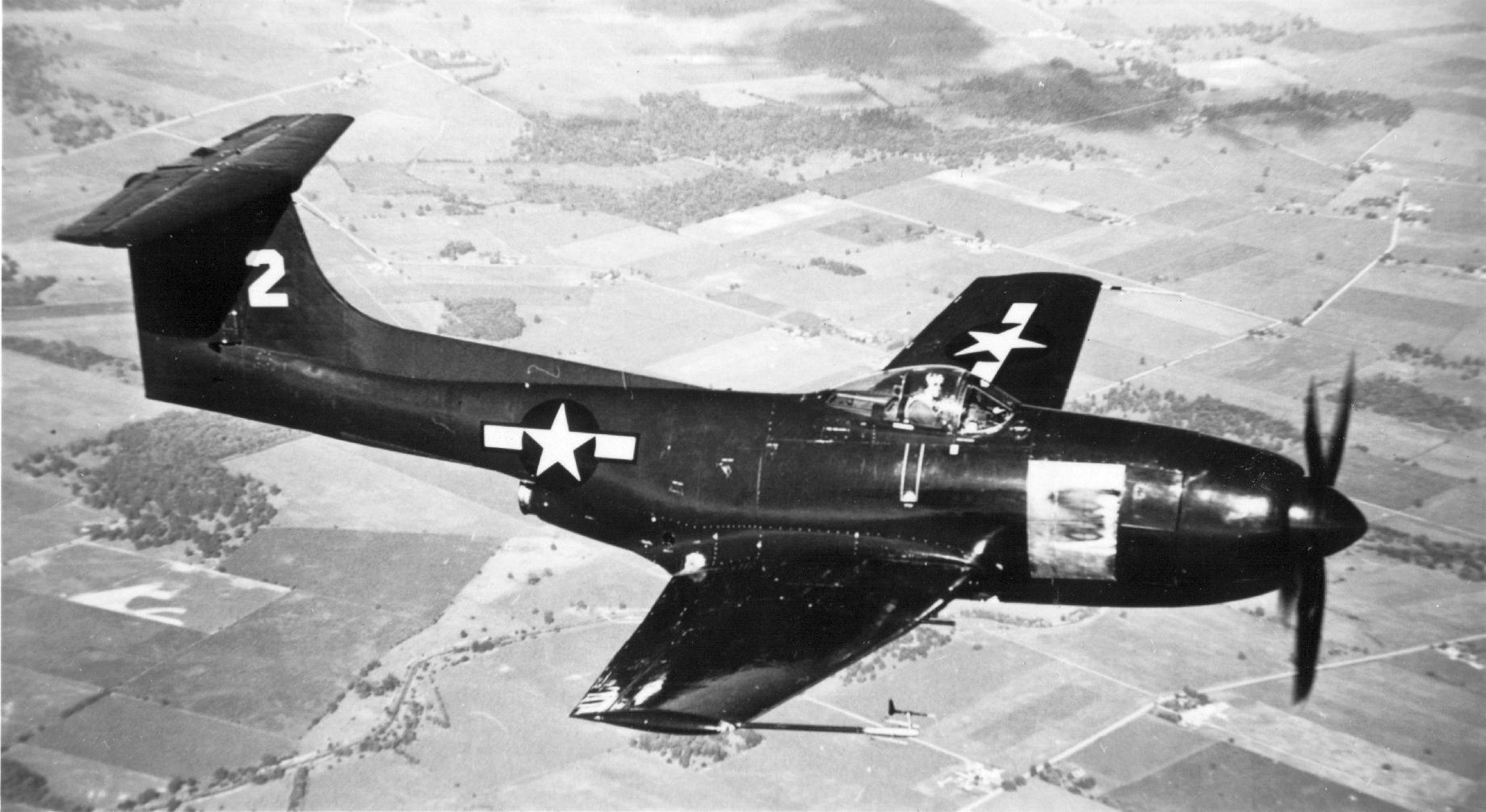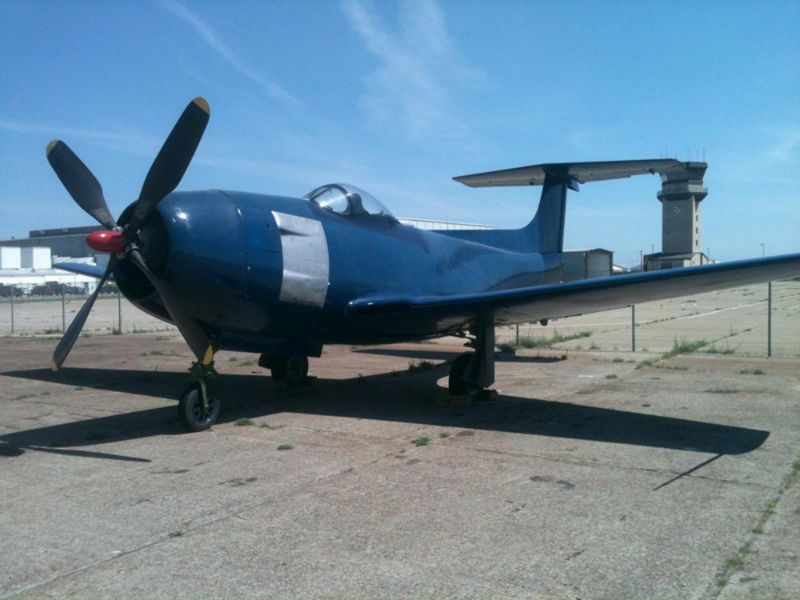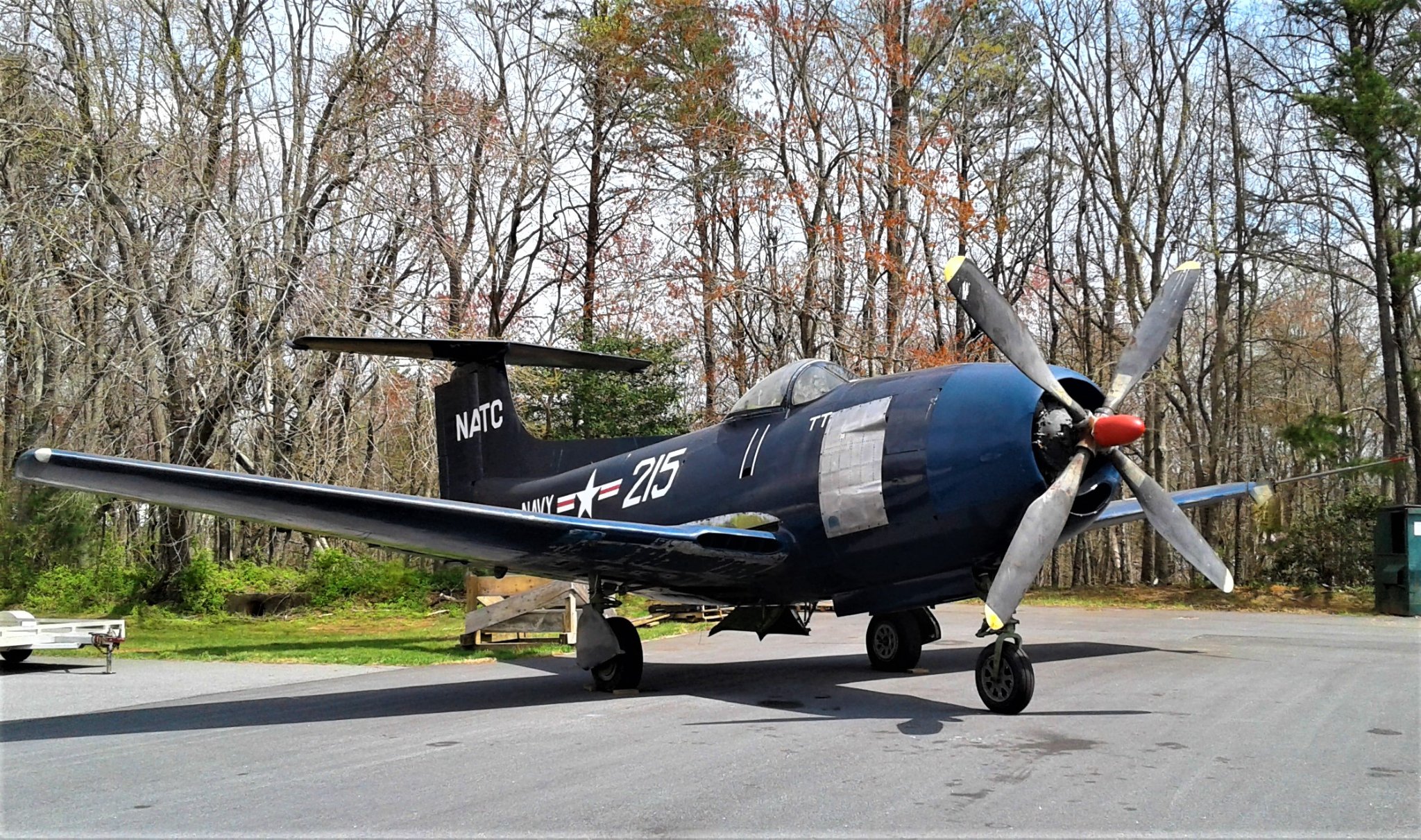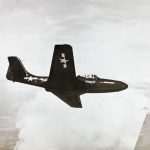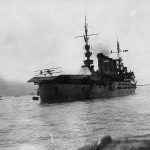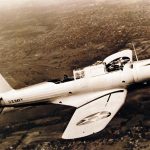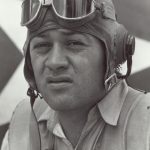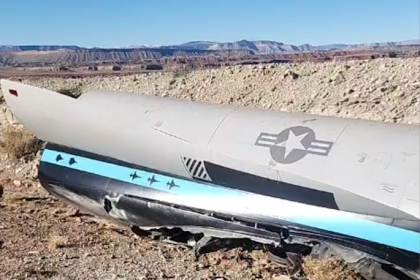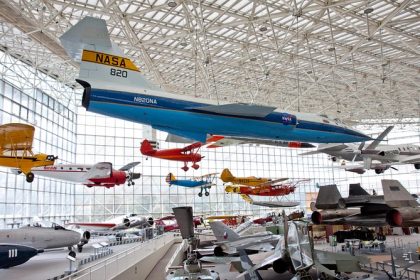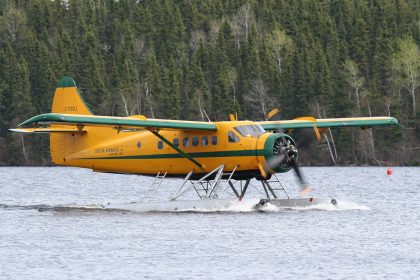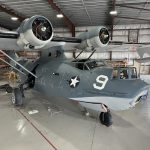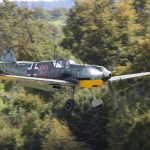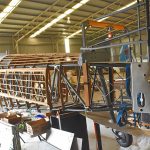
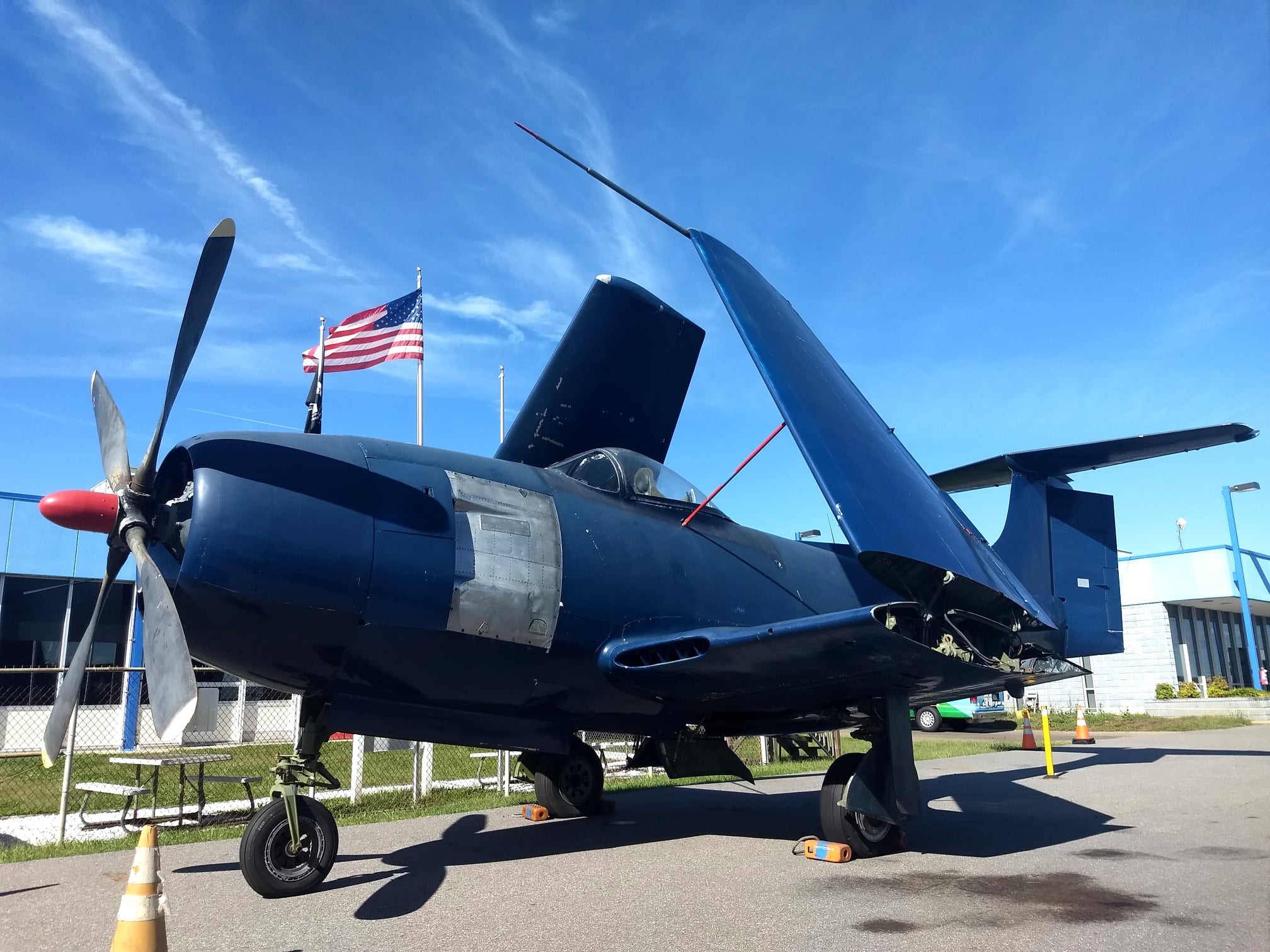
During WWII, piston engine aircraft were at the zenith of their development, having never flown faster, higher, and further before. Yet the war also saw the introduction of the jet engine, which promised even greater speeds and higher service ceilings. Among those interests in jet engines was the US Navy, but early jet engines lacked reliability and had throttles that were slow to respond to pilot input. For the US Navy, however, a solution to this problem lay in the development of mixed propulsion fighters, which featured a proven piston engine design mounted in the nose, usually an air-cooled radial engine, and a jet engine mounted inside the aft section of the fuselage. Having already written a contract with the Ryan Aeronautical Company of San Diego, California, for the development of what would become the Ryan FR-1 Fireball, the Navy placed an order with Curtiss-Wright for the construction of three prototypes for another mixed propulsion carrier-borne fighter on April 7, 1944.
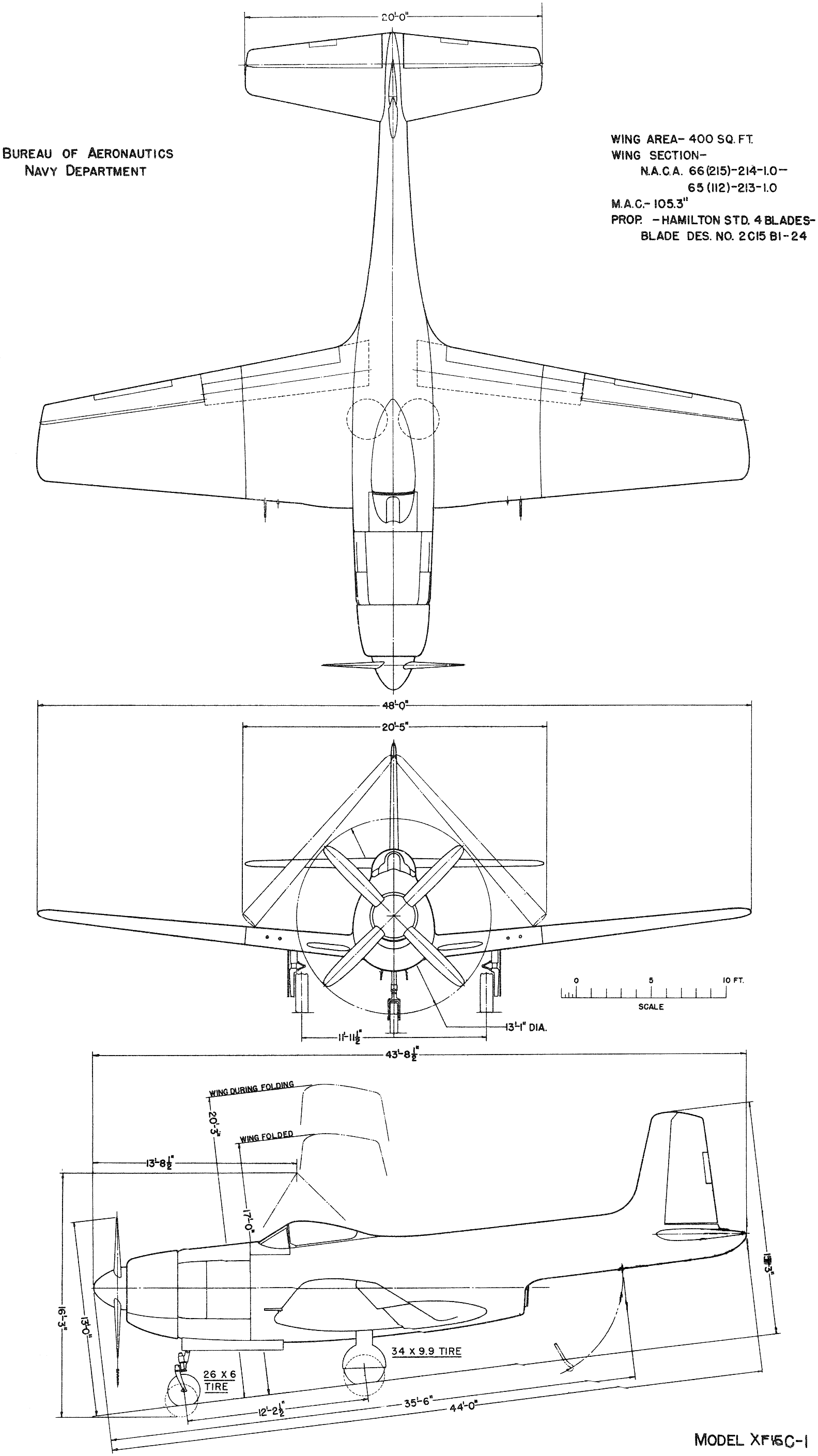
By this point, the Curtiss-Wright Corporation, having been created in 1929 through the merger of the Curtiss Aeroplane and Motor Company of Buffalo, New York, and Wright Aeronautical of Dayton, Ohio, had been overtaken in the design of Army fighters by such companies as North American, Bell, and Lockheed, and in developing Navy fighters by Grumman and Vought. Seeking to take advantage of this opportunity, Curtiss came up with a design they called the Model 99, which was accepted for further development by the US Navy as the Curtiss XF15C.
The Curtiss XF15C was powered by a Pratt & Whitney R-2800 Double Wasp radial engine, the same kind in use on naval fighters such as the Grumman F6F Hellcat and the Vought F4U Corsair. Underneath the cockpit sat the Allis-Chalmers J36, a licensed development of the de Havilland Goblin (Halford H-1) turbojet engine, with the intakes being fitted in the leading-edge wing roots, and the exhaust coming out of the tail. The aircraft was to be armed with four 20mm cannons as opposed to the six .50 caliber machine guns fitted to the Hellcat and Corsair fighters, and have its wings fold upwards to stow in the hangar decks of American fleet carriers, including the latest class of aircraft carriers under construction, the Midway class. Lastly, the XF15C was similar to the Fireball in that it was built with a tricycle landing gear configuration, then a new development in carrier-based aircraft. The three prototypes were given Navy Bureau Numbers originally intended for a cancelled production order of Curtiss SB2C Helldivers (BuNo. 01213-01215).
On February 27, 1945, Curtiss XF15C BuNo 01213 made the type’s first flight, with veteran Curtiss test pilot Henry Lloyd Child at the controls. During this test flight, however, the J36 was not installed in the XF15C, as it was undergoing further testing before it would be ready to be flown in the new fighter prototype. It would not be until May 1945 that BuNo 01213 would be fitted with its J36 and fly under mixed power for the first time. However, on May 8, 1945 (VE-Day), tragedy struck the program when XF15C 01213 crashed while on landing approach to Buffalo Airport, killing test pilot Charles Cox. The cause of the incident was determined to be fuel starvation, along with a faulty gauge that did not reveal how much fuel was truly in the aircraft.
Nevertheless, development of the two surviving prototypes continued, and both of these were fitted with a redesigned T-tail instead of the conventional tail on the first prototype that had been destroyed. This new tail was intended to resolve the control problems encountered on the original prototype. Further flight testing on what was now called the XF15C-1 continued, but when WWII ended with the surrender of Japan in August 1945, the US Navy began looking into the development of purely jet powered aircraft, such as the McDonnell FD-1 Phantom that was already undergoing flight testing, with 01214 and 01215 being evaluated primarily at the Naval Aircraft Testing Center (NATC), at NAS Patuxent River, Maryland. In October 1946, the Curtiss XF15C program was cancelled, as it was clear that new jet engines were powerful enough engines to render the concept of a mixed propulsion fighter in carrier service to be unnecessary.
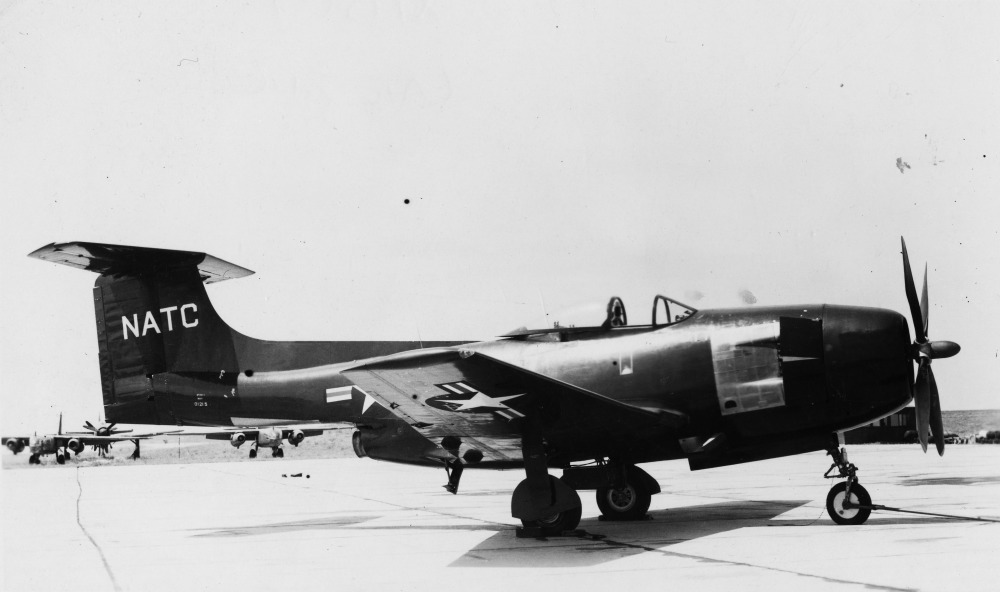
Of the three XF15Cs built, only one example survives today. This is the third and last example that was built, XF15C-1 BuNo 01215. With BuNo 01214 being scrapped at the end of its service, and BuNo 01215 logging only 56 flying hours before it was stricken from the Navy’s inventory in May 1947, it was kept in storage for preservation, and was eventually placed on display at the Bradley Air Museum (now the New England Air Museum (NEAM)) at Bradley International Airport in Windsor Locks, Connecticut, where it survived a Category F4 tornado that devastated the museum on October 3, 1979. Eventually, the aircraft was transferred to the now-closed Quonset Air Museum in Quonset, Rhode Island, though it was officially on loan from the National Naval Aviation Museum (NNAM) in Pensacola, Florida. When the Quonset Air Museum closed in 2015, the Curtiss XF15C-1 was eventually transferred by the NNAM to its present-day home at the Hickory Aviation Museum in Hickory, North Carolina. While this rare aircraft is currently on outdoor display, the HAM is building a new indoor facility to house the aircraft in its collection, including the last Curtiss XF15C-1.
While the Curtiss XF15C may not have been a successful design in that it was never adopted into operational service, the Curtiss XF15C stands as a fascinating footnote and a reminder of the development of jet technology in naval aviation.
Today in Aviation History is a series highlighting the achievements, innovations, and milestones that have shaped the skies. All the previous anniversaries are available HERE







